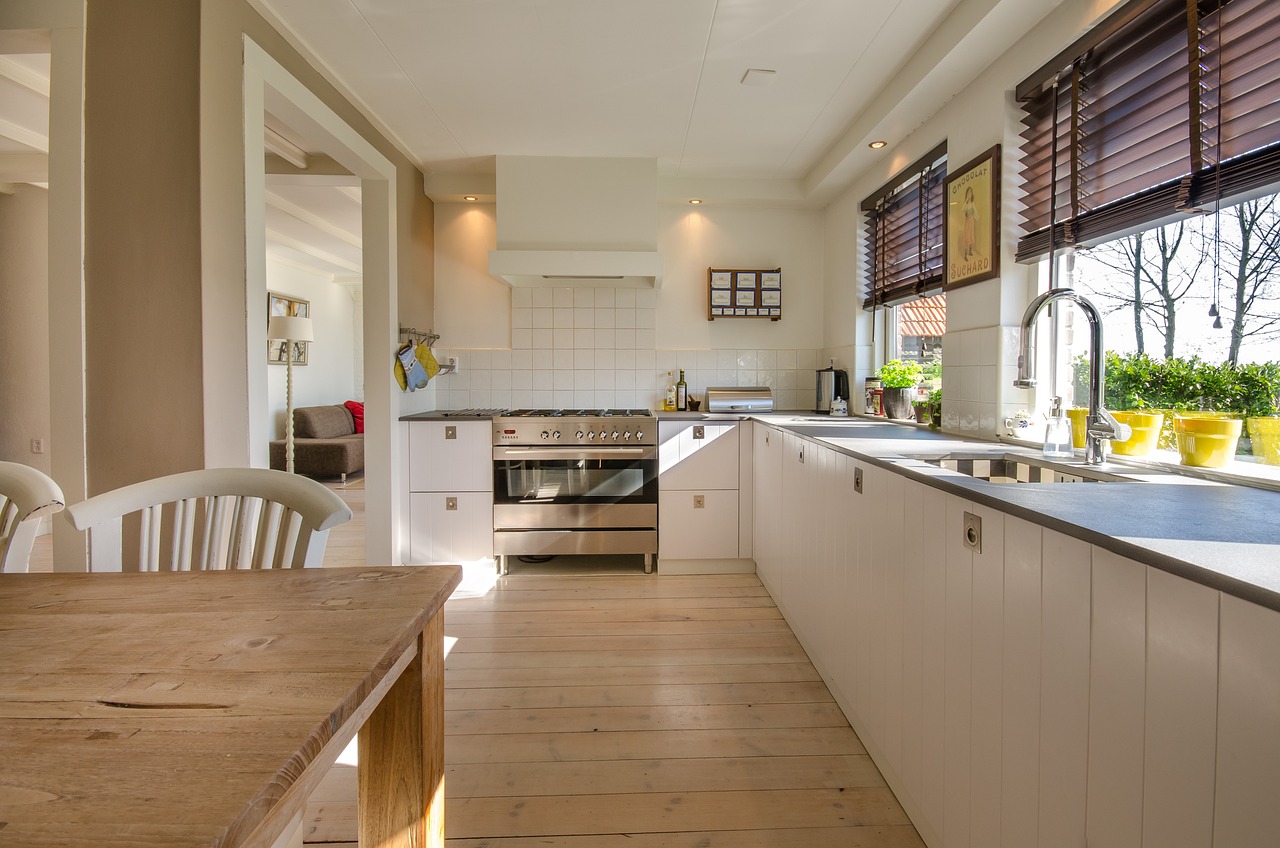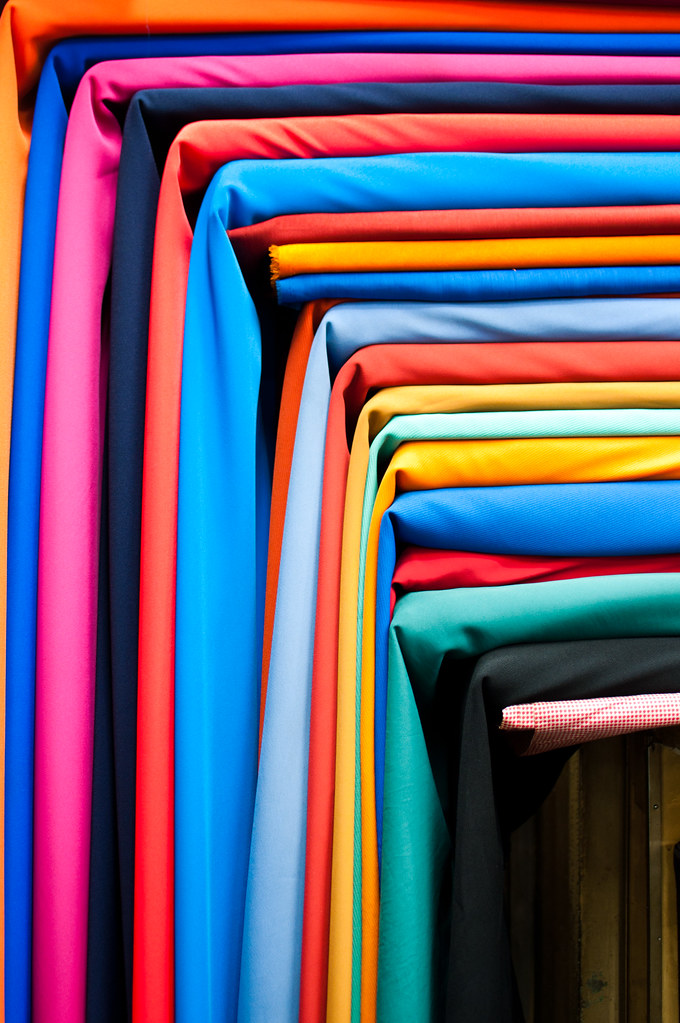The kitchen – a place where culinary dreams come to life and the aromas of home-cooked meals fill the air. For those of us who find solace in the sizzle of a pan and the chop of a knife, the gas range is not just an appliance; it’s the heart of the kitchen. It’s where the magic happens, and for the passionate home chef, only the best will do. But what makes high-end gas range brands like Viking, Thermador, and Bosch command such a hefty price tag compared to their mainstream counterparts like LG or Samsung? Let’s simmer down into the details and find out.
When we talk about high-end gas ranges, we’re not just talking about a stove that heats up your pots and pans. We’re talking about a statement piece, a testament to your commitment to the culinary arts. Brands like Viking, Thermador, and Bosch have become synonymous with luxury and performance in the kitchen.
What sets them apart from the more affordable options
Let’s consider the craftsmanship. High-end ranges are often handcrafted with precision and care, ensuring that every knob, burner, and oven rack is built to last. The materials used are typically of higher quality, with heavy-duty grates and robust knobs that can withstand the rigors of intense cooking sessions. This attention to detail and durability is one of the reasons why these ranges come with a higher price tag.
Moreover, the design aesthetics of these ranges can’t be ignored. They are built to impress, with sleek lines and professional-grade looks that can make any home kitchen feel like a Michelin-starred restaurant. The visual appeal is a significant factor for many buyers, and let’s be honest, who doesn’t want their kitchen to look like it’s straight out of a glossy magazine?
But a pretty face isn’t all these ranges offer. The performance is where they truly shine. High-end ranges often boast superior heating capabilities, with high BTU burners that can bring water to a boil in no time and simmer at the lowest of temperatures for the most delicate sauces. The ovens are equally impressive, with even heat distribution and advanced features like convection baking, which can make all the difference in the outcome of your culinary creations.
Another aspect to consider is the size and customization options available. Brands like Viking and ZLINE offer ranges in sizes that can accommodate any kitchen layout and cooking need, from the compact 24-inch range perfect for a city apartment to the expansive 66-inch range for those who entertain or cook large meals frequently. And with customization options like color choices and accent finishes, you can tailor your range to match your kitchen’s decor and your personal style.
It’s about the warranty and after-sales service. High-end brands often provide more comprehensive warranties and better customer service, which can be a deciding factor for many. Knowing that your investment is protected and that help is just a phone call away can provide peace of mind that’s worth paying extra for.
What about the more expensive offerings from brands like LG or Samsung
These brands have certainly upped their game in recent years, offering ranges with features that rival those of the luxury brands. The Samsung Flex Duo, for example, is a versatile range that allows you to cook at two different temperatures simultaneously, a feature that’s hard to find in even the most expensive high-end models.
Is the Bosch warranty leaps and bounds better than what you get from Samsung? Do ovens really fail or need repair all that often that it justifies paying double? These are valid questions that any discerning buyer should ask. While it’s true that all appliances have the potential to fail, the likelihood and frequency can be influenced by the quality of construction and components used, which tends to be higher in luxury brands.
While high-end gas ranges come with a steeper price, they offer a combination of durability, performance, aesthetics, and customer service that can justify the investment for those who take their cooking seriously. Whether you’re a seasoned chef or an enthusiastic home cook, the range you choose will be a pivotal part of your kitchen for years to come. So, choose wisely, and bon appétit!

Diving into the world of high-end gas ranges, we find ourselves comparing the crème de la crème of kitchen appliances. The allure of brands like Viking, Thermador, and Bosch is undeniable, but how do they stack up against the pricier offerings from brands like LG or Samsung? Let’s turn up the heat and delve into the differences that set these categories apart, and whether they justify the extra expenditure for those of us who love to cook.
When it comes to range sizes, high-end brands offer an impressive array. ZLINE and Viking, for instance, provide unique sizes that cater to various kitchen layouts and cooking needs. ZLINE’s 24-inch range is perfect for smaller spaces, while Viking’s 66-inch behemoth can handle the most demanding culinary tasks. This flexibility in size ensures that no matter your kitchen’s dimensions or your cooking style, there’s a high-end range that fits like a glove.
In contrast, mainstream brands like LG and Samsung typically offer standard sizes that, while functional, may not provide the same level of customization. The ability to choose a range that perfectly fits your space is not just a matter of convenience; it’s a testament to the brand’s commitment to meeting the specific needs of their customers.
Pricing is another hot topic. High-end brands are known for their premium price tags, with Viking and Thermador ranges reaching upwards of $26,000. However, ZLINE stands out with its ‘Attainable Luxury,’ offering prices that are significantly lower than its competitors. This raises the question: does a higher price always equate to better quality?

While it’s true that you often get what you pay for, the gap in pricing between high-end and mainstream brands can be substantial. A Bosch 800 series range, for example, may cost over $4,000, whereas a Samsung Flex Duo comes in at around $2,400. The difference in cost is not insignificant, and it’s essential to consider whether the features and benefits of a high-end range are worth the investment.
Fuel type is another area where high-end brands shine. Offering a variety of options, including dual fuel, all-gas, and induction, these brands cater to the preferences of any home chef. Viking even provides all-electric ranges without induction, a rarity among its peers. This diversity in fuel types allows for a tailored cooking experience, whether you prefer the responsiveness of a gas cooktop or the precision of induction.
Mainstream brands also offer various fuel types, but they may not have the same breadth of options or the specialized features that high-end brands boast. For instance, Thermador’s patented Star Burners offer a unique flame spread and heat distribution, which is a level of innovation not typically found in more affordable ranges.
Performance and design are where high-end ranges truly differentiate themselves. Brands like Viking and Wolf are renowned for their professional-grade capabilities, offering high BTU output burners and dual-stacked burners for unparalleled cooking power. The design is not just about aesthetics; it’s about functionality and durability. High-end ranges are built to withstand the rigors of serious cooking, with robust materials and thoughtful engineering.
Conversely, while brands like LG and Samsung have upped their game with features like the Flex Duo, they may not match the level of performance or the longevity that high-end ranges promise. It’s not just about the immediate cooking experience but also about how the appliance will perform over time.
The warranty and after-sales service are crucial factors to consider. High-end brands often provide more comprehensive warranties and superior customer service. Knowing that your investment is protected and that you have access to prompt and effective support can be invaluable, especially when it comes to an appliance as central to your kitchen as the gas range.
Do ovens really fail or need repair often enough to justify the higher cost of a high-end range? While all appliances have the potential for issues, the likelihood of failure can be mitigated by the quality of construction and components. High-end ranges are built with this in mind, aiming to provide a reliable, long-lasting product that stands the test of time.
While the price difference between high-end and mainstream gas range brands is significant, the gap is bridged by the superior craftsmanship, performance, customization, and customer service that high-end brands offer. For those who view cooking not just as a necessity but as a passion, the investment in a high-end range can be a worthwhile one. It’s about more than just preparing food; it’s about the joy of cooking and the satisfaction of knowing you have a reliable, high-performing appliance that meets your every culinary need. As we turn down the flame on this comparison, it’s clear that for the serious home chef, a high-end gas range is not just an appliance—it’s a part of the home where memories are made, one meal at a time.
Related posts:
End Range Brands 2023 — Appliance Educator
10 Best Luxury Kitchen Appliances and Brands





